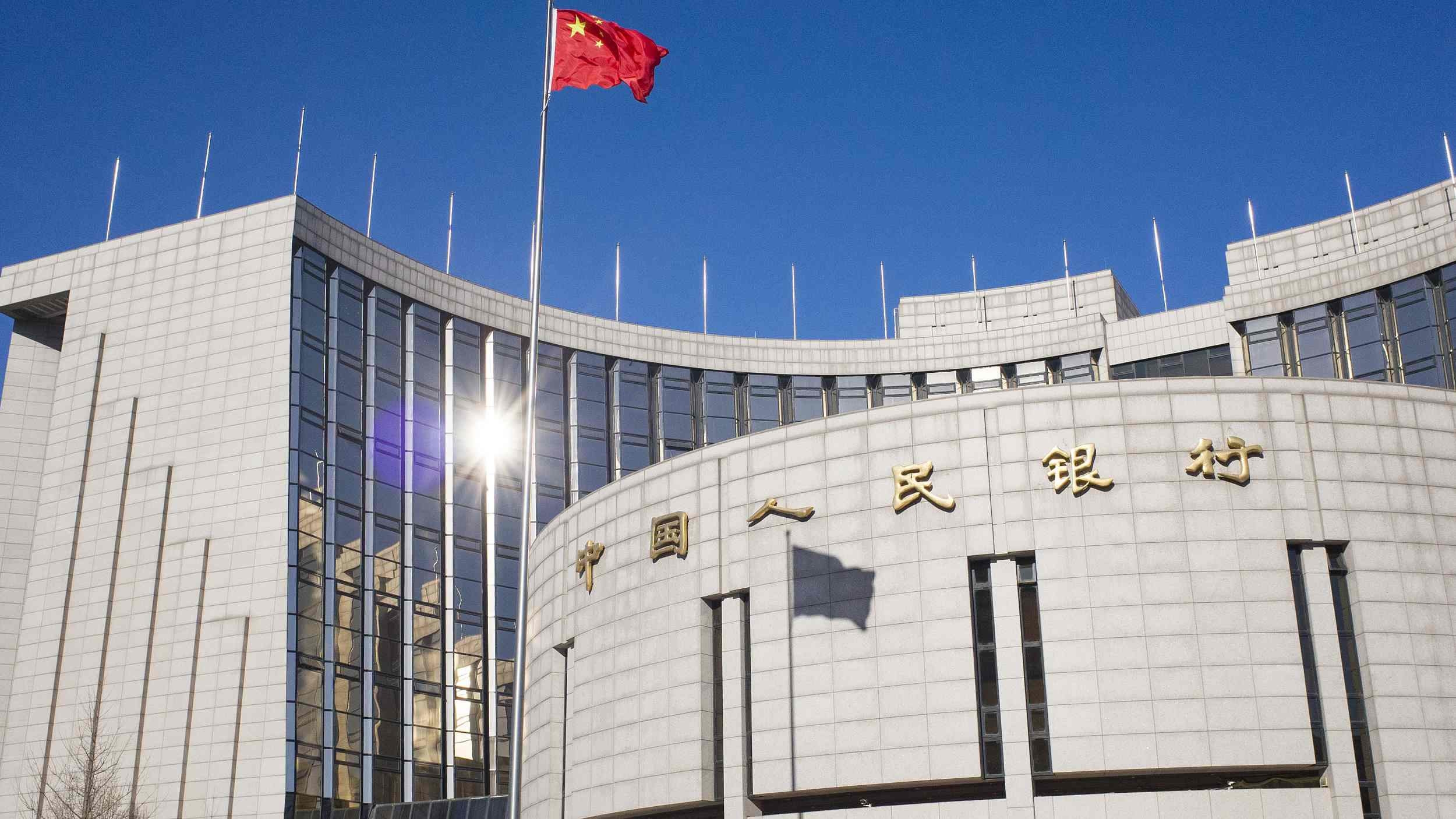
Business
16:58, 25-Jan-2018
China's central bank skips open market operations
CGTN

China's central bank skipped open market operations Thursday, amid efforts to keep liquidity in the banking system at a reasonable and stable level.
"The targeted reserve requirement ratio (RRR) cut to encourage inclusive financing at commercial banks is sufficient to offset factors such as maturing reverse repos," the People's Bank of China (PBOC) said on its website Thursday.
Some 120 billion yuan (about 18.8 billion US dollars) of reverse repos matured Thursday, meaning market liquidity will drop by the same amount.
A reverse repo is a process by which the central bank purchases securities from commercial banks through bidding, with an agreement to sell them back in the future.
The PBOC-affiliated newspaper Financial News said the central bank was likely to implement a targeted RRR cut Thursday, a move announced in September 2017.
The PBOC said last year that commercial banks, whose annual outstanding or new loans in inclusive financing accounts for more than 1.5 percent of the total, would enjoy a 0.5-percentage-point RRR cut from the central bank's benchmark level from 2018.
The RRR will be cut further by one percentage point if the ratio exceeds 10 percent, the central bank said.
The move is expected to pump liquidity of between 300 billion and 380 billion yuan into the market, said Cai Hao, a researcher at the South China University of Technology.
"The targeted RRR cut will boost liquidity in the short run, but the loose market liquidity conditions will not last and the central bank will not shift its policy stance this year as it maintains efforts to deleverage," said Zeng Gang, head of the banking research institute at the National Institution for Finance and Development.
China will maintain a prudent and neutral monetary policy in 2018 as the world's second-largest economy strives to balance growth with risk prevention.
Source(s): Xinhua News Agency

SITEMAP
Copyright © 2018 CGTN. Beijing ICP prepared NO.16065310-3
Copyright © 2018 CGTN. Beijing ICP prepared NO.16065310-3